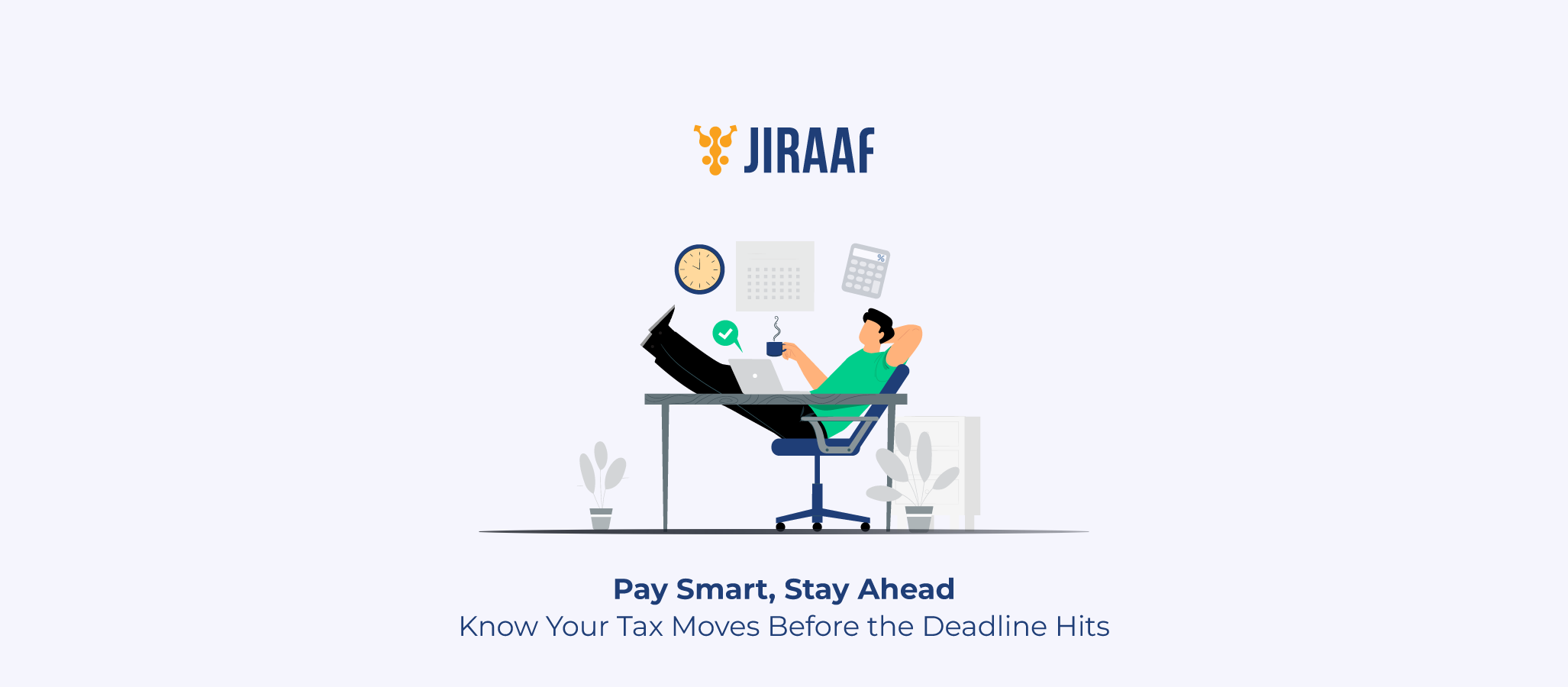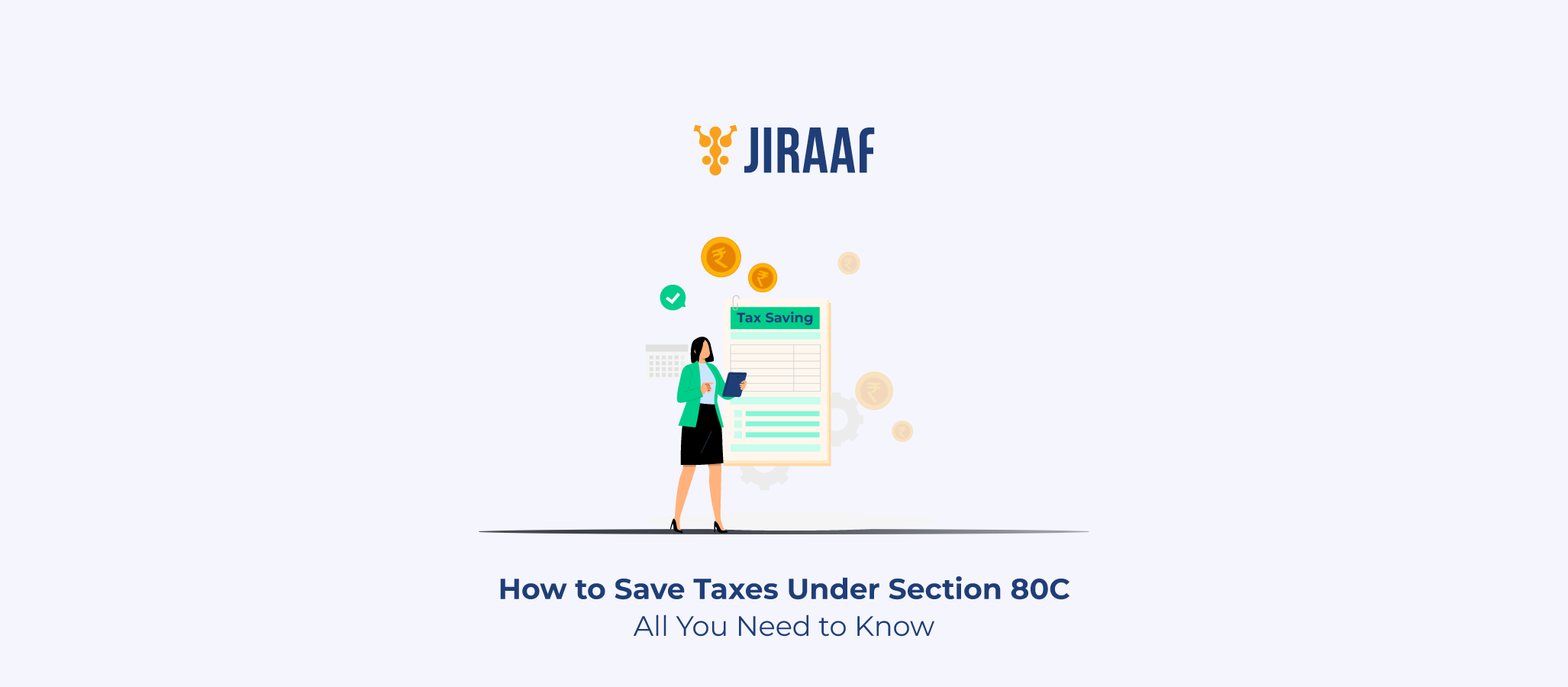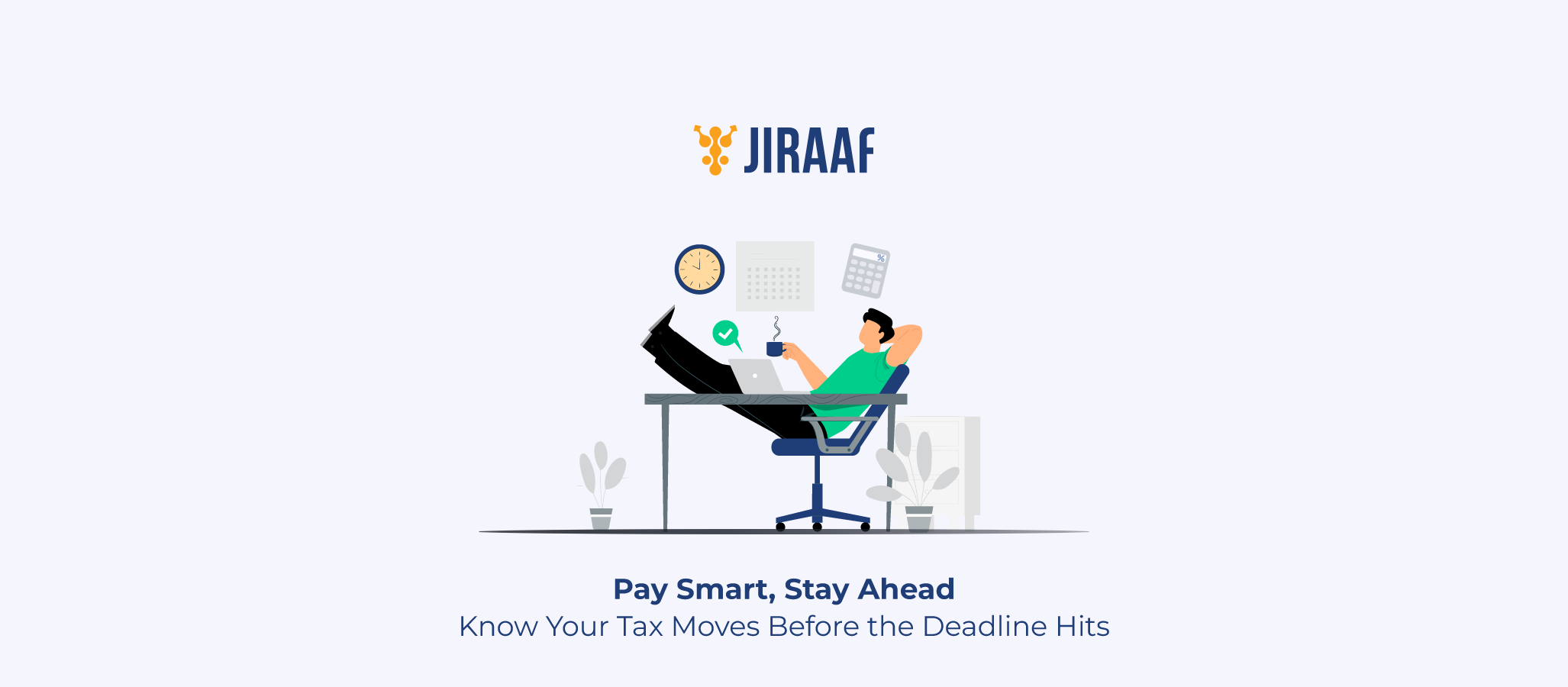Paying taxes might not be the most exciting part of your year, but it’s a must if you want to stay on the right side of the law (and avoid unwanted penalties). While filing your income tax return, you’ve likely come across terms like advance tax and self-assessment tax and wondered what’s the difference, and when do you have to pay which?
That’s exactly what we’re breaking down today. Whether you’re a salaried professional, freelancer, or business owner, this guide will help you navigate the world of income tax payments in India with clarity and confidence.
What Is Advance Tax and Who Should Pay It?
Advance tax, as the name suggests, is the tax you pay in advance (before the end of the financial year). Instead of paying all your tax dues at the time of filing your return, you pay them in installments throughout the year as your income comes in.
Who Needs to Pay Advance Tax?
You need to pay advance tax if your total tax liability in a financial year exceeds ₹10,000 (after considering TDS and deductions). It applies to:
- Freelancers and self-employed individuals
- Business owners
- Salaried individuals (having significant income from sources like rent, capital gains, or interest)
Basically, if your income isn’t fully covered under Tax Deducted at Source, and your net tax due exceeds ₹10,000, advance tax kicks in.
What is Self-assessment Tax and When is it Applicable?
Self-assessment tax is the tax you pay after the financial year ends but before filing your income tax return—to settle any shortfall in your total tax liability.
Once you calculate your total income, deductions, and tax liability and subtract any TDS or advance tax already paid—if there’s still some amount pending, that’s when you must pay self-assessment tax.
Advance Tax vs Self-assessment Tax: Key Differences
Here’s a quick comparison to make the distinction crystal clear:
| Feature | Advance Tax | Self-assessment Tax |
| When paid | During the financial year | After financial year ends |
| Applicability | If tax due is more than ₹10,000 and not covered by TDS | If any tax remains unpaid after TDS and advance tax |
| Payment type | Scheduled installments | Lump sum (usually one-time) |
| Deadline | Quarterly deadlines | Before filing your ITR |
| Penalty for delay | Yes (u/s 234B and 234C) | Yes (u/s 234A, B, and C) |
| Paid by | Freelancers, business owners, salaried with other income | Anyone with remaining tax liability |
Who Is Exempt from Paying Advance Tax?
Good news—not everyone needs to pay advance tax. Here’s who’s off the hook:
Senior Citizens
If you’re a resident individual aged 60 years or older and don’t have any income from business or profession, you’re exempt from paying advance tax—even if your tax due exceeds ₹10,000.
Individuals with TDS-covered income
If all your income is already subject to TDS (like most salaried folks with no other income), you may not need to worry about advance tax.
Agriculturists
If your total income is solely from agriculture (and you meet the exemption threshold), advance tax doesn’t apply to you.
Others
- Individuals with tax liability below ₹10,000 after adjusting TDS
- Non-resident Indians with incomes below the taxable limit
Always be mindful of your total income—many salaried individuals don’t realize that rental income, FD interest, or short-term capital gains can quietly push them over the exemption limit.
How to Pay Self-assessment Tax Online
Paying self-assessment tax is surprisingly simple. You can do it in minutes using the Income Tax Department’s e-Filing portal.
Step-by-step guide:
- Log in using your PAN and password
- Click on “e-Pay Tax” from the main dashboard
- Choose “Income Tax” under the payment category
- Select the correct Assessment Year
- Enter the tax breakup (income tax, surcharge, cess, interest, etc.)
- Choose your preferred payment mode—net banking, UPI, debit card, or pay at bank
- Verify and confirm the details
- Complete the payment
You’ll receive a challan (receipt) after successful payment. Keep it safe; you’ll need it while filing your return.
Steps to File Self-assessment Tax Return in India
Paying the tax is only half the job—you also need to file your Income Tax Return (ITR) correctly. Here’s how you do it after paying self-assessment tax:
Post-payment filing steps:
- Log in to the e-Filing portal
- Choose the right ITR form (ITR-1, 2, 3, etc.)
- Enter your income details from all sources
- Add deductions under 80C, 80D, etc.
- Include the Self-Assessment Tax payment under “Taxes Paid” using Challan number
- Preview your tax summary—ensure total tax paid equals total tax due
- Submit the return and e-verify it
Your ITR is only considered valid once it’s e-verified, so don’t skip that step!
Advance Tax Due Dates, Slabs, and Penalties Explained
Advance tax isn’t paid all at once—it follows a quarterly payment schedule if your total liability crosses ₹10,000.
Advance Tax Due Dates for Individuals (Non-Corporate)
| Installment | Due Date | % of Tax Payable |
| 1st Installment | 15th June | 15% |
| 2nd Installment | 15th September | 45% (cumulative) |
| 3rd Installment | 15th December | 75% (cumulative) |
| 4th Installment | 15th March | 100% (final installment) |
You can also pay the full amount by 31st March without splitting it—though that’s only practical if you have fluctuating or uncertain income (like from freelancing or trading).
What if you miss it?
You may be charged interest under Sections 234B and 234C for:
- Not paying advance tax when required
- Paying less than the mandated percentage by the deadline
The interest is calculated monthly and can add up quickly—so it pays (literally) to stay ahead of the game.
Common Mistakes to Avoid While Paying Advance or Self-assessment Tax
Now that you know the “what” and the “how,” let’s talk about what not to do. Here are some common errors taxpayers make, and how you can avoid them:
1. Paying Under the Wrong Assessment Year
The Assessment Year (AY) is always the year after the financial year. For income earned in FY 2024–25, the AY is 2025–26.
2. Forgetting to Save the Challan Receipt
You’ll need the Challan Identification Number (CIN) when filing your ITR. If you lose it, you’ll have to retrieve it later from your bank or portal.
3. Selecting the Wrong Tax Type (Minor Head)
When paying online, choose:
- ‘300–Self Assessment Tax’ if paying after FY ends
- ‘100–Advance Tax’ if paying during the FY
4. Ignoring Penalties for Late Payment
Don’t assume you can just pay tax while filing your ITR without any cost. You could be slapped with penalties and interest, especially if the delay is significant.
5. Missing the Advance Tax Threshold
If your employer deducts TDS and you think you have nothing to worry about—double-check if you’ve received rental income, interest, or capital gains. Many people jump over the ₹10,000 threshold unknowingly!
Conclusion
If you’ve made it this far, you’re already ahead of most taxpayers. You now know that income tax payments in India aren’t just a once-a-year affair—they’re an ongoing responsibility that can be tackled smartly with the right knowledge.
But here’s the bigger picture: advance tax and self-assessment tax aren’t just about avoiding penalties—they’re tools to help you take control of your cash flow and make peace with your tax planning. You wouldn’t wait till the last minute to buy an umbrella during monsoon season, right? Then why scramble to pay a year’s worth of tax in one go when you could spread it out, plan for it, and breathe easier?
FAQs
What is advance tax and how do I pay it?
Advance tax is the tax you pay during the financial year on estimated income, instead of waiting for year-end. You can pay it online through the Income Tax e-Filing portal using Challan 280 via net banking, debit card, or UPI.
What is self-assessment tax and when do I pay it?
Self-assessment tax is the tax you pay after the financial year if your total tax liability exceeds the tax already paid through TDS or advance tax. You pay it before filing your income tax return to avoid penalties.
How do I file a self-assessment tax return online?
You don’t file a separate return for self-assessment tax. Instead, pay the tax online using Challan 280 on the Income Tax e-Filing portal, then file your income tax return before the due date to complete the process.
Who is required to pay advance tax in India?
Anyone whose total tax liability exceeds ₹10,000 in a financial year must pay advance tax. This includes salaried individuals with additional income, freelancers, business owners, and professionals.
What happens if I don’t pay advance tax or self-assessment tax on time?
If you miss paying advance or self-assessment tax on time, you’ll face interest penalties under Sections 234B and 234C of the Income Tax Act, increasing your overall tax burden. Timely payments help avoid these extra charges.
Discover fixed income investments with Jiraaf, a SEBI registered online bonds platform that educates and brings access to a wide array of bonds. Sign up today to explore diversified fixed income investment opportunities to support your goal-based wealth creation journey. Start investing!



